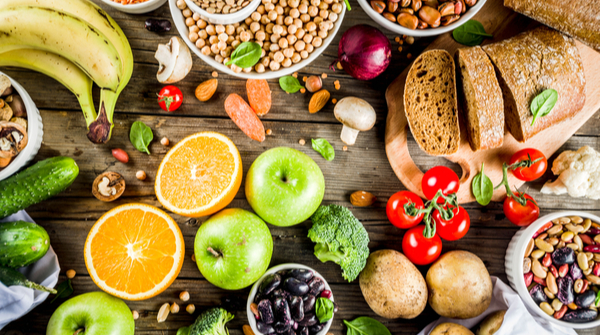Glycemic Index is the number associated with carbohydrates in a particular type of food that indicates the effect the carbohydrates have on a person’s blood glucose level. Another definition is that it is the relative ranking of carbohydrate in foods according to how they affect sugar level in blood. Glycemic load, on the other hand, is the number that determines how much the food will raise a person’s blood sugar levels after eating it. One unit of glycemic load is almost equal to the effect of consuming one gram of glucose.
Glycemic Index is divided into 3 categories:
- Low where GI is 55 or less
- Medium where GI is between 56-69
- High where GI is above 70

For diabetics it is important to know how much GI and Glycemic Load a particular food item has. Diabetics need to consume foods which do not cause sudden rise and fall in their blood sugar levels. Foods with low GI help in doing exactly that.
Diets which focus on low glycemic load help
- Burn more calories
- Avoid diet plateau
- Maintain normal blood sugar level
- Insulin Resistance
- Lower chances of cardiovascular problems
Ways to Calculate Glycemic Load in Food
Glycemic load is the measure of both quality and quantity of carbs in a particular food item. If you know the Glycemic Index of the food and grams of carbohydrate you can figure out its Glycemic Load.
Glycemic Index x Grams of Carbs /100
For example: ½ cup raw carrots which has 8.6 g of carbs and GI of 45 would be
45 x 8.6 = 387
387/100 = 3.9 ( this is the glycemic load)
Food with :
- Glycemic Load less than 10 are low Glycemic load foods
- Between 11-19 are medium
- 20 or more are high
Consult doctor or nutritionist
Glycemic Index, Glycemic Load, Carbohydrates, Portions and so on can get too chaotic for you to deal with alone. Consult your nutritionist who can help carve out a diet plan to control diabetes based on your taste and preferences without you doing all the math.
Read More: Glycemic Index | A key Factor in Diabetes Management
Manage diabetes with a Glucometer
Maintaining normal sugar levels requires regular blood sugar test to know how well your plan is doing and what effects food have on your body. Keeping a glucometer with you can prove helpful. It is a blood sugar machine which can help you check blood sugar level from the comfort of where you are. You can also share this reading with your doctor and educator whenever required.





